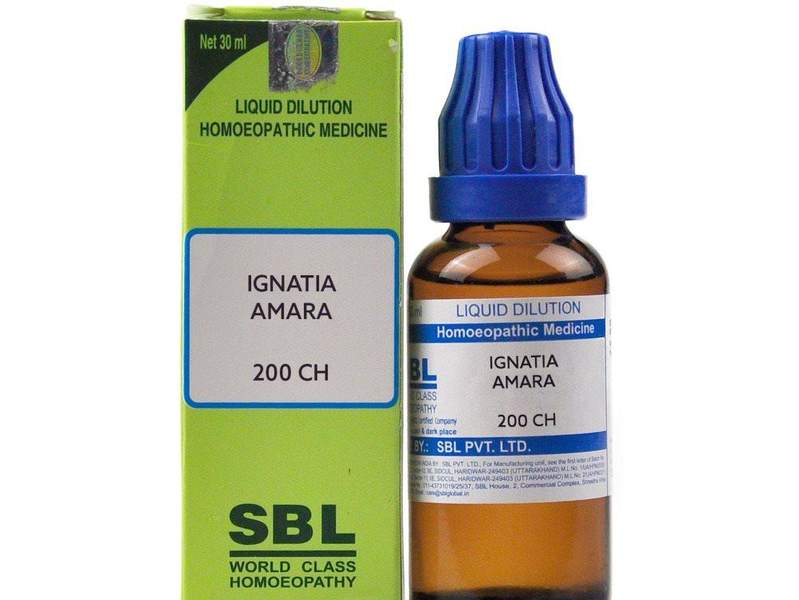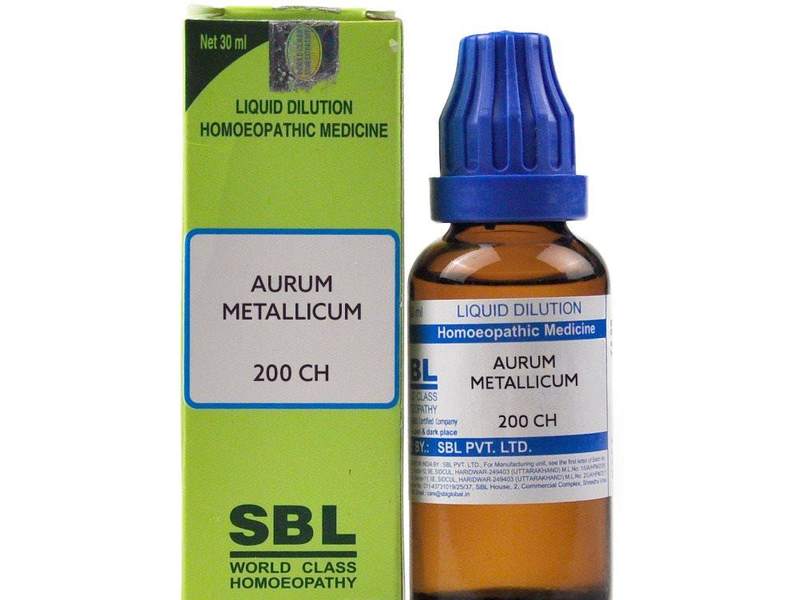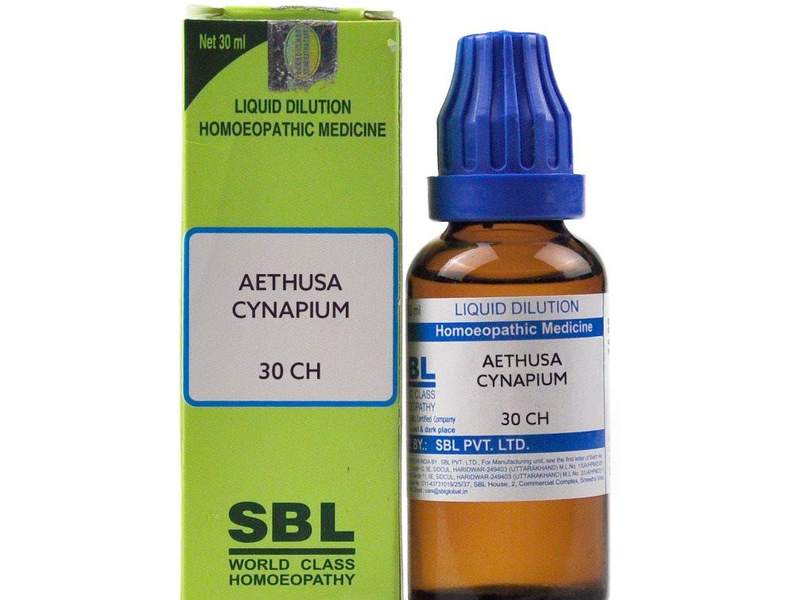Hypericum Perforatum 200 Uses, Benefits – Hypericum 30
₹1,858.00 Original price was: ₹1,858.00.₹1,351.00Current price is: ₹1,351.00.
- Feels as if lifted high in air, or anxiety lest he fall from a height
- Vertigo – head feels elongated to a point, extending upward like a conical hat
- Asthma, worse foggy weather, better after expectoration
- Skin rough, feels as if full of small knots
Source: Vegetable kingdom
Synonyms: St. John’s wert
Family: Hypericaceae
Prover: Dr Geo. F. Mueller of Germany in 1837
Duration of Action: 1 to 7 days
Miasmatic Background: Psora
Temperament: Irritable
Thermal Relationship: Neither hot nor chilly
Introduction and History: It is a great remedy for injuries to nerves, especially when they are lacerated. It is one of the pre-eminent surgical remedies that the homeopaths boast of. The name Hypericum is derived from ‘hyper’ meaning above and ‘eicon’ meaning image, as the superior part of the flower represents a figure.
Habit and Habitat: It is indigenous to Europe, northern Africa and some parts of Asia. It has become naturalised in North America. It grows in fields, groves and hedges. It is a perennial herb with woody branches and the root is dark brown. The stem is 30 cms or more in height. The leaves are opposite, entire and oblong. The flowers are deep yellow. The herb has a characteristic balsamic odour and a bitter taste. The juice is very acrid.
Preparation and Parts Used: The mother tincture is prepared from the whole fresh, blooming plant.
Constitution and Physiognomy: It is best suited to plethoric persons suffering from great Soreness.
Ailments From: Mechanical injuries of the spinal cord, rat bites, bad effects of spinal concussions, fall on coccyx, any type of injury, etc.
Seat of Action (Pharmacodynamics): Spinal nerves, spinal cord, meninges, vertex, nervous system, brain, etc.
Active Principles (Chemical Constituents): It has oleum hyperici, tannin and resins, photodynamically active pigment hypericin, hyperine, quercetin, volatile oil and tannic substances.
Physio-pathological Changes (Pathology)
- It acts on the brain, spinal cord, where it induces a vascular erethism and congestion.
- Acts upon the kidneys as a diuretic.
- It acts upon the rectum producing haemorrhoids.
- Acts upon the respiratory system producing spasmodic asthmatic attacks with changes of weather before storms.
- It acts on the brain and nervous system producing neuritis, tingling, burning, numbness and constant drowsiness.
- Also acts as an astringent and sedative.
Characteristic Mental Symptoms (Psychology)
- Irritable, inclined to speak sharply; slept badly.
- Makes mistakes while writing, omits letters.
- Confused, forgets what she wanted to say.
- Singing followed by weeping and loud screaming, with gasping.
- Melancholy, great anxiety, delirium, sees spirits, spectres.
- Erotic ideas, brain excited, as after tea. Increase of intellectual power.
- Buzzing sensation in vertex at night, as if something living were in the brain.
- Sensation as if being lifted high up in the air.
- Heaviness and dizziness in the head.
- Vertigo at night, with an urging to urinate.
- Sensation as if a worm were moving in the throat.
Characteristic Physical Guiding Symptoms
Wounds: Punctured, incised or lacerated wounds, sore, painful. Especially if of long duration.
Traumatic conditions: Hypericum is best suited for treating wounds of parts rich in nerve supply like, fingers, toes, nails, coccyx, palms and soles.
Injuries: Injuries from treading on nails, pins, splinters, needles, from rat bites; mechanical injuries to brain and spine.
Sensitiveness: Body parts are very sensitive to touch when there is an injury or wound.
Pain: More tenderness and soreness in the affected part. Violent pains and inability to walk or stoop after a fall on the coccyx. Pain following laparotomy.
Vertigo: Sensation as if head became suddenly elongated at night, with an urging to urinate.
Convulsions: Convulsions after blows on head or concussion.
Nervous depression: There is nervous depression following wounds or surgical operations, it removes bad effects of fright, mesmerism and shock.
Headache: Headache after a fall upon the occiput, with sensation as if being lifted up high in the air.
Preventive actions: Very useful in tetanus; prevents lock jaw.
Ulceration: It modifies and arrests ulceration, sloughing and tetanus after traumatic injuries.
Integrity of torn parts: Preserves integrity of lacerated and torn parts of the body; when completely separated from the body.
Piles: Often useful in bleeding piles with pain and tenderness. Can be used internally and externally.
Whooping cough: Very useful for whooping cough; worse from 6 to 10 pm.
Important Characteristic Features
Injuries: Hypericum is a wonderful remedy for injuries where nerves are involved. Mechanical injuries to spinal cord, fall on coccyx, bad effects of spinal concussion. It is very effective in injuries to nerves and parts rich in nerves, like the ends of the fingers and toes, or in open wounds that are exceedingly painful. Great nervous depression and loss of blood from lacerated wounds. Punctured, incised or lacerated wounds, which are very sore and painful. Injuries from nails, rat bites, needles, with great pain as from splinters. It may also be applied locally as a lotion, 1:20 parts in water. It modifies or arrests sloughing, and is very valuable as a soother of pain after surgeries. Ascending neuritis after a fracture or any form of traumatic neuritis. A very useful remedy for injuries to the coccyx during labour. It preserves the integrity of the lacerated and torn parts of the body when it is almost completely separated from the body.
Spine is very sensitive to touch after a fall. Pain after a slight touch to arms and neck, patient screams and cries with pain. Spasms and convulsions after an injury, concussion or blow on the head. It also removes the bad effects of fright, mesmerism and shock. It prevents lock jaw in tetanus.
General Modalities
Aggravation: At night, during menses, in foggy weather, touch, by lying down, jealousy, in a closed room, in cold and damp weather, unhappy love, mental affections.
Amelioration: Stooping backwards.
Remedy Relationships
Complementary: Arn.
Antidoted by : Ars, Cham.
Comparison
Arnica montana: Spinal concussion, shock from injury.
Natrium sulphuricum: Epilepsy after head injuries.
Cicuta virosa: Chronic effects from concussion of brain and spine; spasm, trismus; tetanus from getting splinters into the flesh.
Ledum palustre: Punctured wounds; rat bites; discolouration after injuries.
Calendula officinalis: Traumatic or idiopathic neuroma; neuritis from lacerated wounds, injuries to parts rich in sentient nerves with excruciating pain.
Physostigma venenosum: Traumatic or idiopathic tetanus, worse by slightest breath of air.
Potency: 3x, 6x, 12x, 30, 200, 1000.
Dosage: Tincture to third potency; external application of the lotion is useful.
Repetition: It should be frequently repeated till pain and bad effects of injuries are removed.
Therapeutic Value: Bruises, Convulsions, Corns, Diarrhoea, Fractures, Headache, Lacerated wounds, Nervous depression, Neuralgia, Paralysis, Punctured wounds, Rheumatism, Sciatica, Spinal irritation, Tetanus after injuries, Vertigo, Whooping cough.
Note: Hypericum cures the wounds where formerly Aconitum and Arnica were given alternately.
Related products
Homeopathic Medicine
Homeopathic Medicine
Homeopathic Medicine
Homeopathic Medicine
Homeopathic Medicine
Homeopathic Medicine
Homeopathic Medicine
Argentum Nitricum Materia Medica – Argentum Nitricum 30 Uses
Homeopathic Medicine
Arsenic Album 30 Homeopathy – Arsenicum Album Materia Medica











